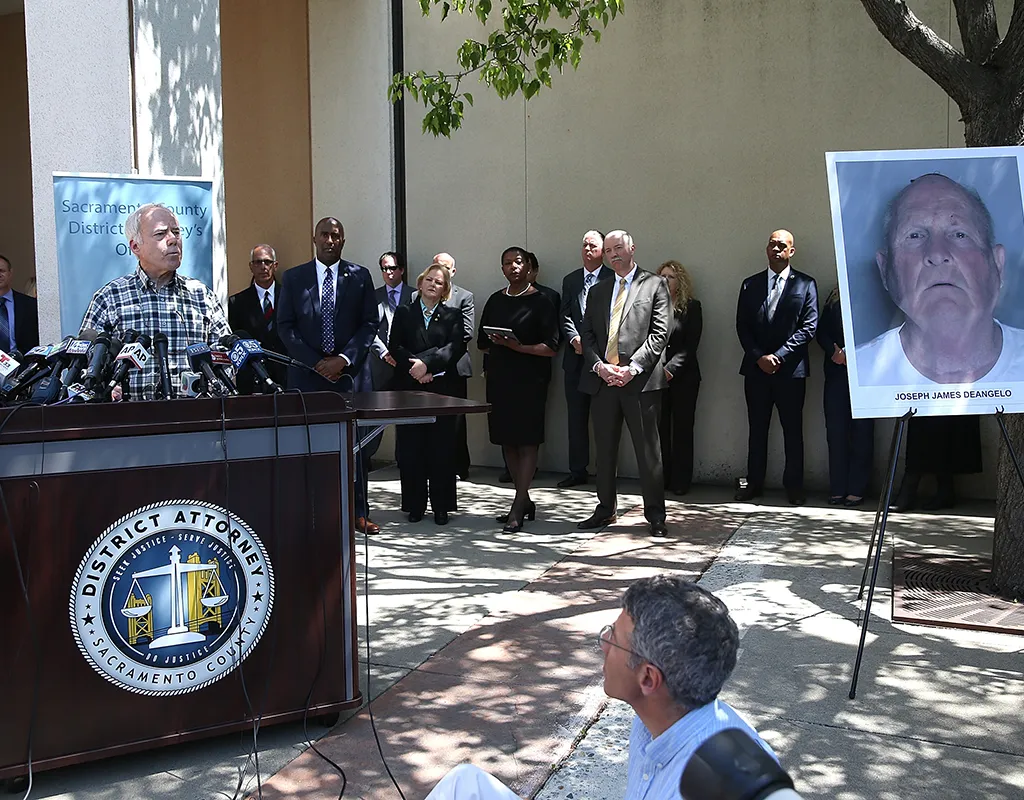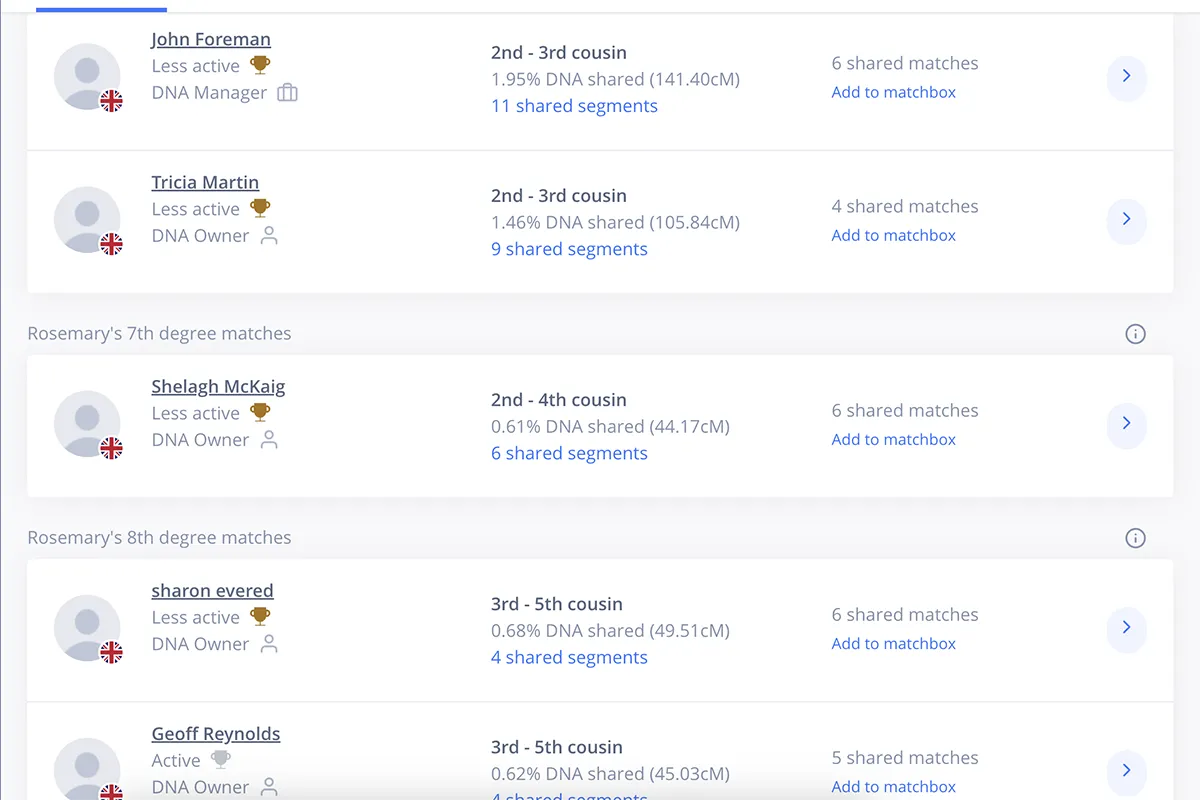Since the launch of the first commercial DNA test in 2000, many of us have tried out the tests. They can offer fascinating insights into your genetic heritage and health. For family historians, they’re particularly useful because they help you match with distant relatives you never knew you had. DNA testing has helped many family historians break down brick walls in their family trees.
Here, leading genetic genealogy expert Debbie Kennett answers some common questions about how DNA testing works, and how to use it:
I have a lock of hair and a letter from my deceased grandmother. Can I get her DNA tested and added to the DNA databases?
The companies totheletter DNA (Australia) and Keepsake DNA (USA) both offer an artefact-testing service that will generate a genetic-genealogy profile. However, the service is experimental and expensive, and the success rate is not good. It’s best to wait until the technology improves.
Will a DNA test affect my health or life insurance premiums?
No. Insurance companies that belong to the Association of British Insurers have signed a voluntary Code on Genetic Testing, and predictive genetic tests do not have to be disclosed. The only exception is Huntington’s disease, but this cannot be predicted with a consumer DNA test.
Can the police access the results of my DNA test?
Both FamilyTreeDNA and GEDmatch (gedmatch.com – a website where anyone can share their DNA results) allow users to opt in to help the police to identify the perpetrators of serious crimes, as well as human remains. Neither database is currently used by the police in the UK. The other firms do not allow police access.

Connecting matches
My match doesn't have an online tree. How can I work out how we're related?
If you’ve sorted your matches into shared-match clusters then you will already know which branch of your tree your mystery match belongs to. To make it easier to identify unknown matches, it helps to build out all of the collateral lines and trace as many of them as possible down to the present day. Common-ancestor hints and AncestryDNA’s ThruLines tools can help with this process. If you can identify the person from their user name, start tracing their tree back in time using birth, marriage and death indexes, the 1939 Register, online family trees, Facebook and other resources for researching people within the past 100 years.
My match is using a pseudonym or initials. How can I work out their full name?
Sometimes people use the same user name on different websites. Check out social media websites, try a Google search on the user name, or save your match’s profile photo to your computer then upload it to Google Images to run a reverse image search and find out where else it is used online. Examining the Facebook accounts of other putative relatives might also provide clues to solve the problem.
I have messaged a match but they haven't got back to me. What should I do?
When messaging matches we need to remember that not everyone who has tested is interested in genealogy like us. Keep messages short and simple. Research their tree, and work out how you think they might be related to you. A good tactic is to start by asking the names of their grandparents. Also, people have busy lives and don’t always check all their accounts regularly – sometimes we can receive replies many months or years later. A follow-up message might work, but you might have to accept that you will get no response. If so, don’t be put off because it’s often possible to work out the relationship without contacting the match.
What is a floating branch on a tree?
A floating branch is disconnected from the rest of your family tree. To create a floating branch, add the new individual as the spouse or child of an existing person in your tree. Go to the profile of the new person, click on ‘Edit’ and edit the relationship to disconnect them. Alternatively, when browsing records you can choose to save the record and add it to a new person in your tree. Click on ‘Connect to tree’ in your match list to link the match with your tree.

Understanding matches
I've taken a DNA test myself. Is there a benefit from testing other family members?
With autosomal DNA testing, the most common kind of DNA testing, having close relations in the database really helps you to group and sort your matches. Try to test the oldest generation if possible (parents or aunts and uncles). Siblings will also pick up matches that you don’t have.
Am I really related to the thousands of people included in my match lists?
Many of the matches sharing less than about 20 cM are likely to be false matches. Even if the matches are valid, the common ancestor could potentially have lived 10 or more generations ago, and will be beyond the reach of genealogical records.
How do I decide which matches to prioritise?
Your top matches will generally be those sharing 30 cM or more. Start with the low-hanging fruit such as matches identified by hints and ThruLines. Work with one cluster at a time, so that you will recognise the names and locations of common ancestors as you build out your tree.
I've tested with two firms. Why does the amount of DNA vary?
Each company uses different algorithms. Also those that accept third-party uploads use special techniques to accommodate all of the different file formats, and this can inflate the total centimorgans shared.
How do I work out the possible ways in which I'm related to my DNA matches?
At AncestryDNA clicking on the line showing the percentage of DNA and total centimorgans shared. This will reveal a table showing the range of possible relationships and their likelihood. For matches at the other companies use the Shared cM tool at DNA Painter, which will generate a similar table of probabilities. Also check out the histograms from the Shared cM Project, which can be accessed from the Shared cM Tool by clicking on the coloured boxes. The Shared cM Project is based on real-life data for known relationships submitted by genealogists.

Why do I have matches that don't match my parents?
Matches that don’t match your parents are false matches. False matching varies between firms, and is more of a problem with matches under 20 cM. Parents may be missing from the shared-match list at Ancestry because they have fallen just under the 20 cM threshold.
What is a chromosome browser and how do I use one?
Some companies have a chromosome browser that provides you with a picture of your chromosomes and shows you which segments of DNA you share with your matches. It can be a useful way of understanding how DNA is inherited. Segments can be mapped to specific ancestors or ancestral couples. However, 99 per cent of the time a chromosome browser is not needed for genetic-genealogy work.
